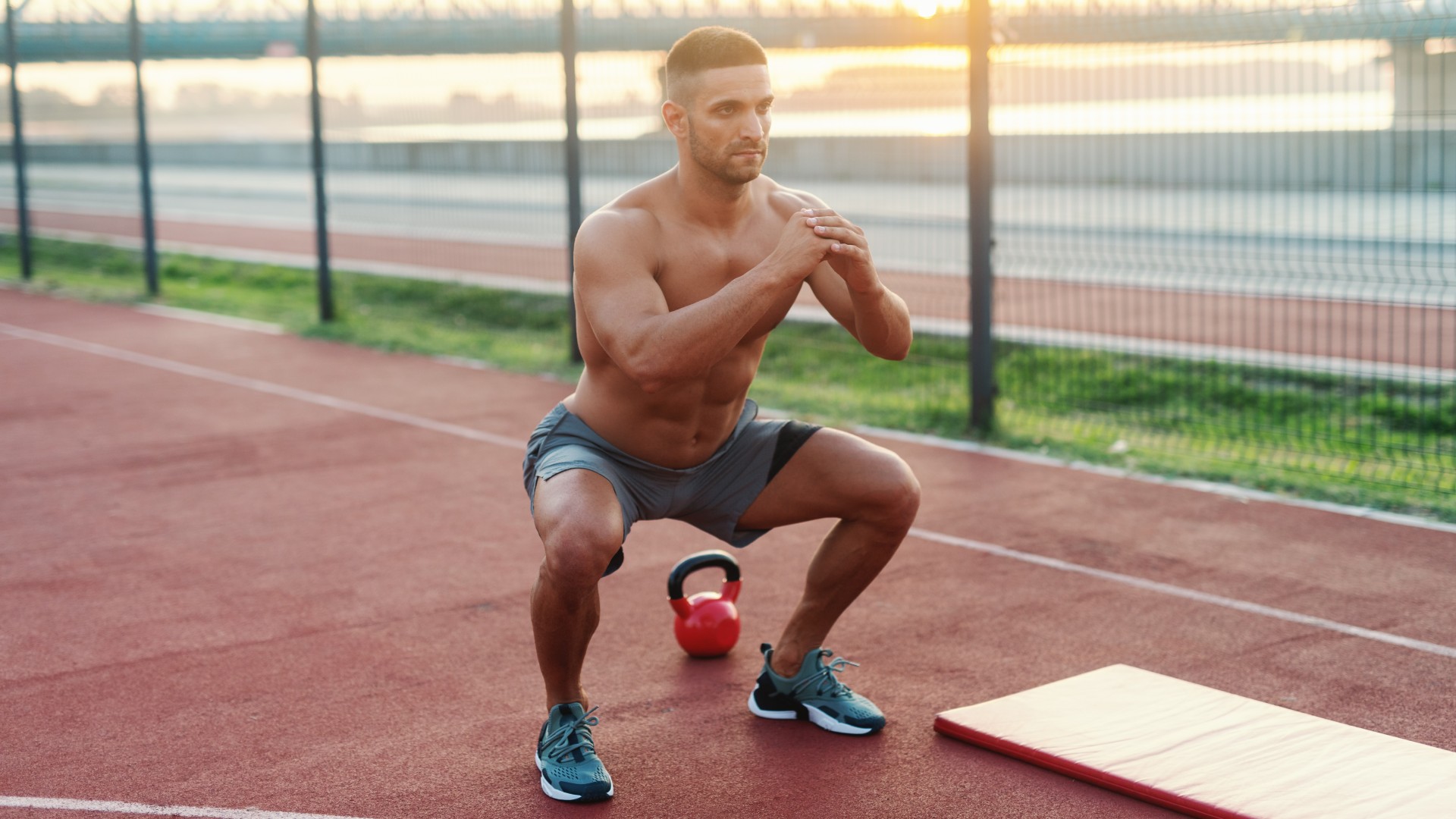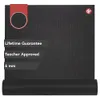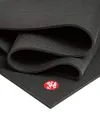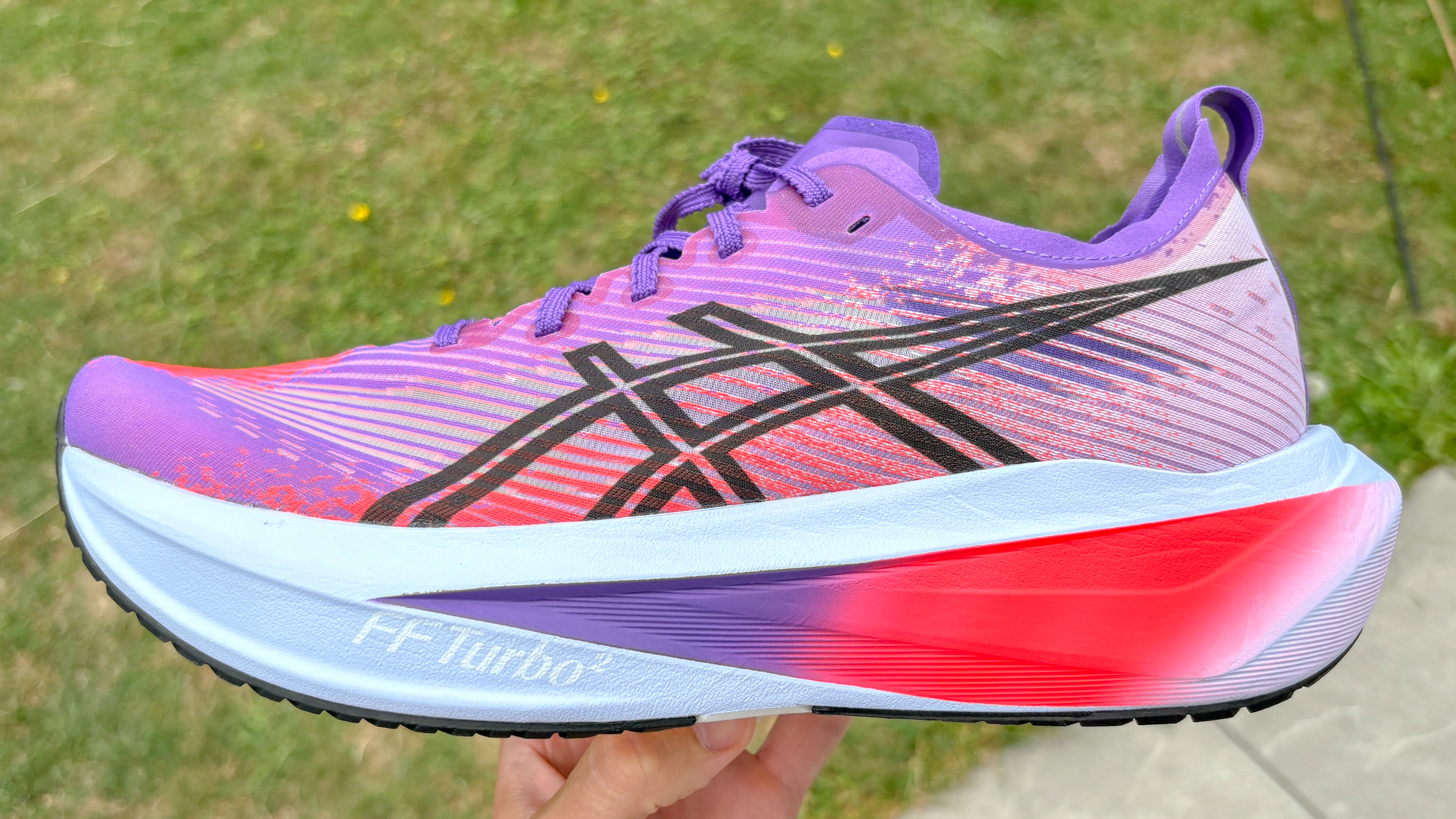
If “standard” bodyweight squats are feeling stale right now, have you considered adding the prisoner squat into your programming? A serious test of full-body mobility, prisoner squats are the perfect warm-up exercise for weightlifting strength programs or as a standalone addition to bodyweight workouts, HIIT, or mixed training.
To do a prisoner squat, you’ll place your hands behind your head, pull your elbows back, then perform a squat. Sounds simple enough, but for those suffering from tight shoulders, backs, or limited movement in the lower body joints, this “simple” exercise could become challenging fast.
Below, I cover step-by-step how to do the prisoner squat, the benefits and ways to scale it up or down according to your ability.
What is a prisoner squat?
Prisoner squats engage the upper back and shoulders while building lower body strength and hitting the glutes, quads, hip flexors, hamstrings and calves. The squat variation also recruits stabilizing muscle groups, including your core and shoulders as you hold your torso upright and pin your elbows back to open your chest.
How to do prisoner squats
At the bottom of the squat, sit tall without overleaning and pin your shoulder blades together while lifting your chest. Imagine you’re gripping a pencil between your shoulders throughout.
- Stand with your feet hip or shoulder-width distance apart
- Rest your hands behind your head, draw your elbows back and lift your chest
- Send your hips backward and lower into a squat as if you’re trying to sit in a chair
- Draw your knees outward in line with your toes
- Maintain a neutral spine and flat back without leaning forward or hunching
- Lower until your thighs are at least parallel to the ground, pause, then drive up through your feet to stand.
Why are prisoner squats harder?
Many people struggle to keep a flat back and neutral spine during squats, and holding your hands behind your head forces a more fixed and upright torso position as you sit into the squat. The prisoner squat also works the core muscles harder to keep your body stable.
Plan to lift heavy weights or focus on squatting during workout sessions? Prisoner squats can help build upper and lower body mobility, especially if you suffer from tight ankles and hips or find yourself leaning too far forward during squats.
Get instant access to breaking news, the hottest reviews, great deals and helpful tips.
“Butt winking” is a common sign that something is going on mechanically during squats, which is easily identifiable at the bottom of the squat; you'll notice a slight rounding through the lumbar spine.
So while I recommend reading our guides on how to squat and ways to fix your butt wink, adding mobility exercises like prisoner squats to your routine could help improve squat depth and technique and prepare your joints for movement. It'll also help open up your chest, shoulders and upper back and increase awareness of your body and its positioning as you squat.
It’s almost guaranteed that prisoner squats will also slow your squat tempo down, meaning you can focus on the quality of movement, depth, stability and positioning.

Are prisoner squats good?
“Standard” air squats and prisoner squats are the same in that you’ll squat using your body weight, but unlike an air squat, the prisoner variation will recruit the upper body and generate tension.
If you like to work on overhead squats or lifting weights and stabilizing them overhead — think snatches and presses — learning to recruit your upper body while you squat can be helpful.
If you can’t use a spotter or mirror, use a bench or box and a “tap and go” approach to help you assess depth. Focus on bringing your butt down onto the box or bench briefly, or as close as you can, before your chest starts to lean or your elbows collapse inward — you don’t want to head towards the good morning exercise.
Instead, pause at this point and drive to stand. Each time you practice prisoner squats, focus on sitting lower without your knees collapsing inward or heels lifting. Over time, you should find you can sit deeper before your form begins to slip, and eventually, you'll have the exercise nailed.
If you have tight hips, knees and ankles, consider adding lower body mobility exercises and ankle stretches to your routine which should help you achieve depth better without losing form.
If you’re working on squat technique, warming up for front or back squats, hitting a lower body strength program, or working on technical Olympic lifts, the prisoner squat is one of the best squat progression exercises to try.
How to add prisoner squats to your strength program
Try using 3-4 sets of 8-12 reps or add them to a warm-up alongside mobility exercises to warm the muscles and prepare the joints. Before I start prisoner squats, I like to perform a wall sit squat (squatting against a wall), then lift my arms overhead and press them into the wall behind me, pause, lower and repeat.
Notice how your spine, upper back and shoulders feel when you do this; if your back is hunching or arching, you'll lose contact with the wall. If your back is tight, you might find it difficult to reach fully overhead. These are all clues you can use to identify mechanically what your body is struggling with.
You could also progress prisoner squats by holding a weight between your hands behind your head or slowing the tempo down to a 3 or 4-second count up and down, extending the pause at the bottom, or adding a pulse.
Fixing your upper body position demands core control and stability and prevents lifters from relying on speed and momentum. Over time, you can build better mind-muscle coordination, and strength, boost mobility and improve stability.
More from Tom's Guide
- I'm a personal trainer — the candlestick roll is the best bodyweight exercise for your barbell squats
- You only need a kettlebell and this 30-minute workout to build full-body muscle and boost your metabolism
- 4 reasons you’re not building muscle in the gym — according to a strength and conditioning coach

Sam Hopes is a level 3 qualified trainer, a level 2 Reiki practitioner and fitness editor at Tom's Guide. She is also currently undertaking her Yoga For Athletes training course.
Sam has written for various fitness brands and websites over the years and has experience across brands at Future, such as Live Science, Fit&Well, Coach, and T3.
Having coached at fitness studios like F45 and Virgin Active and personal trained, Sam now primarily teaches outdoor bootcamps, bodyweight, calisthenics and kettlebells.
She also coaches mobility and flexibility classes several times a week and believes that true strength comes from a holistic approach to training your body.
Sam has completed two mixed doubles Hyrox competitions in London and the Netherlands and finished her first doubles attempt in 1:11.











